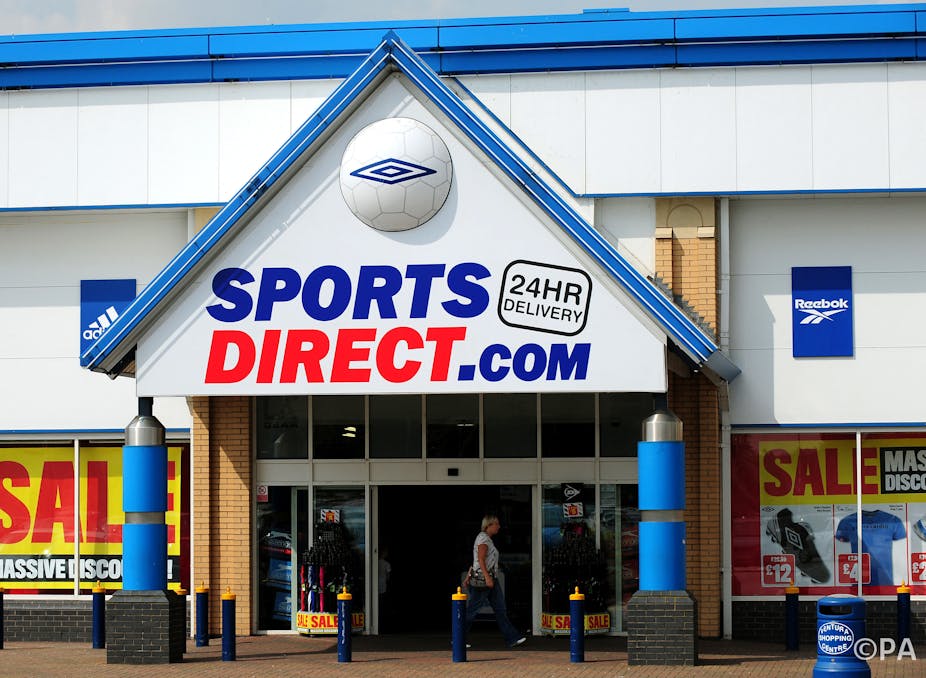No company wants to be singled out for having “Victorian” work practices, as Sports Direct has been. Despite the poisonous reputation of zero hours contracts, employers continue to argue they need them in order to be flexible and meet varying demand from customers. That includes McDonald’s, Amazon, Subway – not to mention the NHS and Buckingham Palace. But does this argument stand? Do employers really need to rely on using zero hour contracts to manage large numbers of staff?
Zero hour contracts work for some employees, who appreciate the flexibility they can offer. For others though, it means being just one of the disadvantaged members of the jobs market. Recent stories have highlighted how landlords are refusing to rent properties out to anyone employed on this kind of “risky” basis. The bad publicity and now also the legal challenges involved, would suggest companies should be avoiding them as much as they can.
There are assumptions made by employers about the benefits of these contracts that need to be challenged. A recent study by the Chartered Institute of Personnel and Development, found that 66% of employers surveyed said the primary reason is that managers feel they gain flexibility to meet unexpected demand, followed by lowering costs.
But given that much of demand is predictable – including hourly, daily and weekly seasonal patterns, holidays and some special events – this concern doesn’t stand up as an argument favouring such contracts. Where does the problem truly lie? After all, it costs money to organise a workforce day by day and hour by hour.
Predicting the flow of customers

Let’s consider the case of a centrally located fast food restaurant. We can accurately calculate the estimated customer arrivals for the next weeks, using a suitable forecasting model. The graph compares the actual demand arrivals versus the hourly forecasts calculated by such a model. Days 8, 9 and 10 have been highlighted.
Using a standard forecasting model there are 7.7% forecast errors occurring in hourly arrivals, with 3.9% forecast errors in daily customer arrivals. So for much of the time demand is sufficient to justify permanent fixed hour contracts.
This is typical of many of the jobs in services that now rely on zero hour contracts. Of course some workers will continue to prefer such contracts – but most won’t, especially when they have the opportunity to access benefits like sick pay and holiday entitlement from proper contracts.
Ignorance of the better alternatives
Commentators who defend the current high levels of zero hour contract use in Britain sometimes show a level of wilful ignorance of the alternatives. Companies need to be using sensible forecasting methods to estimate base demand and deliver contracts that motivate their workforce as well as protecting costs.
Looking at past demand data makes it possible to produce reliable forecasts, with measurable levels of uncertainty. In fact, most companies using zero hour contracts are already forecasting short-term just to ensure availability, though sometimes the methods used are probably less than scientific. Statistical baseline forecasts can capture any structure in the data, much better than managerial guess work, while expert judgemental adjustments can be used for extraordinary circumstances.
Subsequently, using these kinds of forecasts, it is possible to plan resources for any given level of uncertainty, thereby overcoming most of the claimed benefits of zero hours for employers. This can be done in the short-term – call centre, restaurant and distribution centre staff can be brought in for the next day’s business, sometimes even faster. And it’s even easier to plan for the next week’s activities.
Such planning and scheduling is reliant on producing as good a baseline statistical forecast as is achievable. And eventually this increased planning capacity will reduce costs for a company, as well as providing continuity in the workforce that leads to increased experience and learning, with positive effects to the service that customers enjoy.
Improving service and costs
Forecasting often has too low a profile in companies, but some companies have put a development programme into action to ensure their forecasting is part of the company’s best practice. For example, BSkyB have trained up their forecasters, responsible for call centres and engineers, to deliver more accurate forecasts. They have also evaluated and upgraded all their various forecasting processes and methods. These now ensure adequate staffing for the call centres and a quality service.
Forecasting research has established various types of best practice for producing more accurate forecasts and coping with uncertainty. It’s time these methods were more widely implemented to improve both service and costs through a more satisfied workforce.
Better forecasting won’t eliminate the perceived need to use zero hour contracts, but making an active attempt to get the numbers right should lower the growing risk to employers’ reputation and help them avoid becoming caught up in high profile political debate and criticism.

